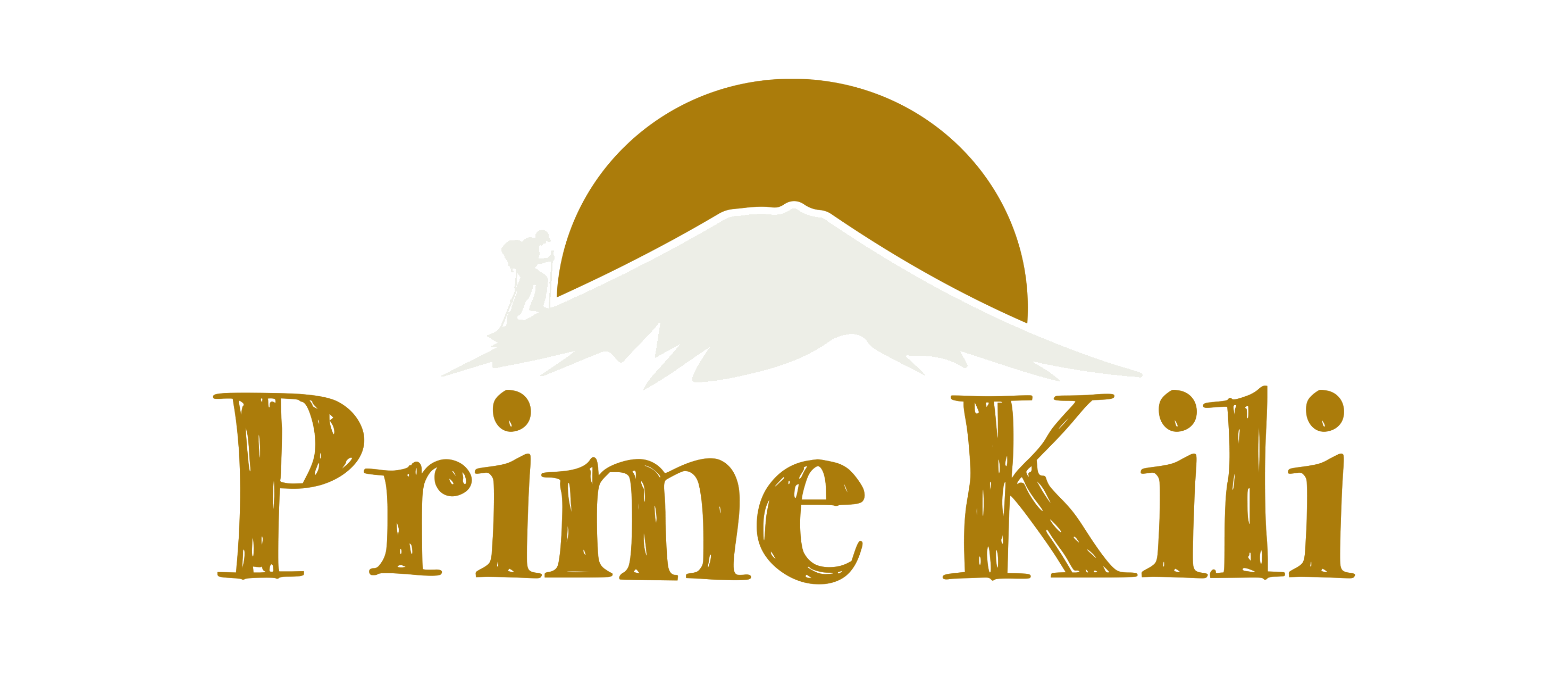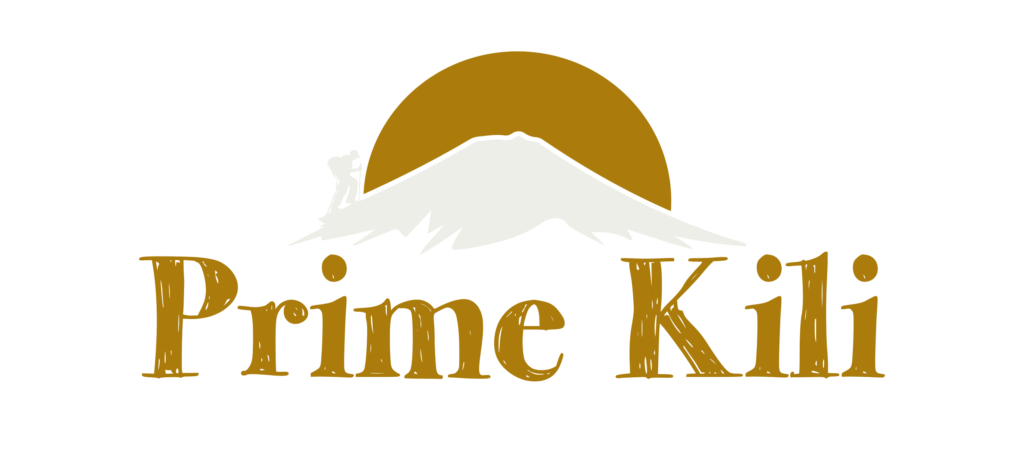Frequently ask question
Frequently Asked Questions – Climbing Mount Kilimanjaro
Planning a trek up Mount Kilimanjaro comes with many questions—from choosing the right route and gear to understanding safety, acclimatization, and porter welfare. Our FAQ section provides honest, straightforward answers to help you prepare confidently and climb responsibly. Whether you’re a first-time trekker or a seasoned hiker, this guide will help you make informed decisions every step of the way.
Common FAQ about Kilimanjaro
Mount Kilimanjaro is Africa’s tallest mountain and stands as the world’s highest free-standing peak, reaching an impressive height of 5,895 meters (19,341 feet). As a dormant volcano, it embodies one of the most iconic adventure destinations globally.
Situated in northern Tanzania, near the Kenyan border, Kilimanjaro is the centerpiece of Kilimanjaro National Park. This UNESCO World Heritage Site boasts rich biodiversity and breathtaking alpine scenery.
At 5,895 meters (19,341 feet) above sea level, Kilimanjaro is the highest point in Africa and is listed among the Seven Summits, making it a highly sought-after goal for adventurers from around the world.
Yes, Kilimanjaro is classified as a dormant stratovolcano composed of three cones: Kibo (the summit), Mawenzi, and Shira. Although it hasn’t erupted in thousands of years, its striking volcanic features are still visible and magnificent.
Absolutely! Kilimanjaro holds the title of the tallest mountain on the African continent and is recognized as the highest free-standing mountain on Earth, distinguishing it from those located within mountain ranges
Annually, over 35,000 individuals from across the globe attempt to reach the summit of Kilimanjaro, establishing it as one of the most popular trekking destinations worldwide. The overall success rate for reaching the summit of Mount Kilimanjaro is around 65-70% This means that roughly 30-35% of climbers do not make it to the top.
No prior technical climbing skills are necessary. Kilimanjaro is accessible as a non-technical hike, and anyone in good physical condition can embark on this adventure with appropriate preparation and guidance.
We will provide you with an essential checklist of must-have gear for climbing Kilimanjaro, ensuring that you are fully prepared for the journey ahead.
Yes! People from various age groups, ranging from 10 to over 70, have successfully reached the summit. With the right preparation, mental focus, and a supportive team, many can achieve this remarkable goal.
Yes! People from various age groups, ranging from 10 to over 70, have successfully reached the summit. With the right preparation, mental focus, and a supportive team, many can achieve this remarkable goal.
While Everest Base Camp requires a longer trek, many find Kilimanjaro to be more demanding due to its rapid altitude gain. Altitude sickness poses the primary challenge rather than the terrain, making proper acclimatization essential for a successful climb.
Kilimanjaro Routes & Duration
There are seven primary routes to the summit: Machame, Marangu, Lemosho, Rongai, Shira, Umbwe, and the Northern Circuit. Each route provides a distinct experience, offering diverse scenery, varying levels of difficulty, and unique acclimatization opportunities.
The Marangu Route is often seen as the easiest option, featuring a gradual ascent along with hut accommodations rather than tents. However, its shorter duration may impact acclimatization, making it most suitable for fit and experienced trekkers.
The Lemosho Route is frequently celebrated for its picturesque views. It boasts panoramic landscapes and excellent acclimatization, making it a top choice for photographers and nature enthusiasts seeking stunning vistas.
The Northern Circuit Route holds the highest summit success rate thanks to its extended itinerary of 8–9 days, which ensures optimal acclimatization. This route is ideal for those who prefer a more gradual ascent to the summit.
Climbing Kilimanjaro typically spans 5 to 9 days, depending on the chosen route. Opting for longer itineraries, like Lemosho (8 days) or Northern Circuit (9 days), significantly enhances your chances of reaching the summit safely.
Known as the “Whiskey Route,” Machame is popular for its breathtaking views and varied terrain. It generally takes 6–7 days to complete and presents a more challenging climb compared to the Marangu Route, providing excellent acclimatization opportunities.
Referred to as the “Coca-Cola Route,” the Marangu Route is unique for its hut accommodations. While it’s less physically demanding, it has a lower summit success rate due to its shorter acclimatization period (5–6 days).
The Lemosho Route, starting on the western side, is known for its beauty and relative tranquility. It typically takes 7–8 days and features a gradual ascent, making it an excellent option for first-time trekkers and those aiming for a higher success rate.
The Rongai Route approaches Kilimanjaro from the north, near the Kenyan border. It is characterized by drier conditions and fewer crowds, taking about 6–7 days. This route is particularly suitable during the rainy season and for those looking for a more solitary experience.
The Northern Circuit Route is the longest and most remote option, taking 8–9 days to complete. It offers stunning 360-degree views around the mountain and excellent acclimatization, leading to the highest summit success rate among all routes.
Kilimanjaro Cost & Booking
The cost to climb Kilimanjaro generally ranges from $1,800 to $6,000 USD per person. This variance depends on multiple factors including the chosen route, duration of the trek, group size, and the level of service provided. We offer both private and group climbs to accommodate a variety of budgets.
The differences in pricing are influenced by several elements such as park fees, wages for guides and porters, the quality of equipment, meals, accommodations before and after the climb, and the overall reputation of the climbing company. It’s important to consider that lower-priced options may compromise on important aspects such as safety and ethical practices.
Yes, park fees are required and set by the Tanzania National Parks Authority (TANAPA). These fees are included in your climbing package and cover conservation fees, camping or hut fees, rescue fees, and VAT. The total fees typically range from $800 to $1,100 USD based on your chosen route and duration.
Our climbing packages are comprehensive and include park fees, airport transfers, accommodation before and after the climb, experienced English/French/Spanish-speaking guides, porters, a chef, meals, tents, water, rescue support, and much more to ensure a smooth experience.
Please note that certain costs are not included in the package, such as international flights, visa fees for Tanzania, tips, travel insurance, personal gear, and optional hotel upgrades. We provide a detailed checklist to help you prepare before booking.
Certainly! We offer flexible payment options that allow you to secure your booking with a deposit and pay the remaining balance in stages leading up to your climb, making it more manageable.
To book your climb, simply reach out to us via email or WhatsApp. We’ll assist you in selecting your preferred route, dates, and group type, guiding you through every step of the booking process to help you prepare for your adventure.
We recommend booking at least 3 to 6 months ahead, especially during peak climbing seasons (January–March & June–October). This ensures you secure your desired dates and preferred route.
Yes, we offer both options! You can join one of our scheduled group departures or opt for a customized private climb that suits your pace, preferences, and schedule.
Absolutely! We provide special discounts for groups of three or more. The more people in your group, the lower the cost per individual. Feel free to contact us for personalized itineraries tailored to your group’s needs.
Physical Preparation & Acclimatization
While you don’t need to be a professional athlete, being in good physical condition is essential. Focus on building strong cardiovascular fitness, leg strength, and stamina to support long hours of trekking at high altitudes.
Begin your training at least 3–4 months prior to your ascent. Concentrate on long hikes, stair climbing, cardio workouts, and strength training. It’s also helpful to practice carrying a backpack to mimic real trek conditions.
Yes, park fees are required and set by the Tanzania National Parks Authority (TANAPA). These fees are included in your climbing package and cover conservation fees, camping or hut fees, rescue fees, and VAT. The total fees typically range from $800 to $1,100 USD based on your chosen route and duration.
We plan our itineraries to include gradual ascents and acclimatization hikes. By monitoring your health daily and promoting the “climb high, sleep low” principle, we enhance your body’s ability to adapt.
Yes, altitude sickness can affect anyone, regardless of fitness level. Symptoms may include headache, nausea, dizziness, and fatigue. Effective acclimatization and staying well-hydrated are key preventive measures.
Our experienced guides are trained in mountain first aid and conduct daily health checks using a pulse oximeter to monitor your oxygen levels. If necessary, we will arrange a safe and efficient evacuation.
To book your climb, simply reach out to us via email or WhatsApp. We’ll assist you in selecting your preferred route, dates, and group type, guiding you through every step of the booking process to help you prepare for your adventure.
Mental preparation is extremely important! Cultivating a positive mindset, patience, and determination can be just as critical as physical training. Climbing Kilimanjaro often presents mental challenges that are as significant as the physical ones.
On average, you can expect to hike for about 4–7 hours each day, with summit night being more intense. On that night, you may hike 10–14 hours round-trip to Uhuru Peak and back to camp.
Visualizing success, maintaining a positive outlook, and trusting your guides are valuable strategies. While summit night can be challenging, it’s also an unforgettable experience. Focus on taking each step at a steady pace (“pole pole” — slowly, slowly) and take time to celebrate each milestone along the way.
At Prime Kilimanjaro, we confidently ensure safety by conducting daily health assessments and equipping our team with essential emergency supplies, including oxygen tanks and first aid kits, to handle any situation effectively.

